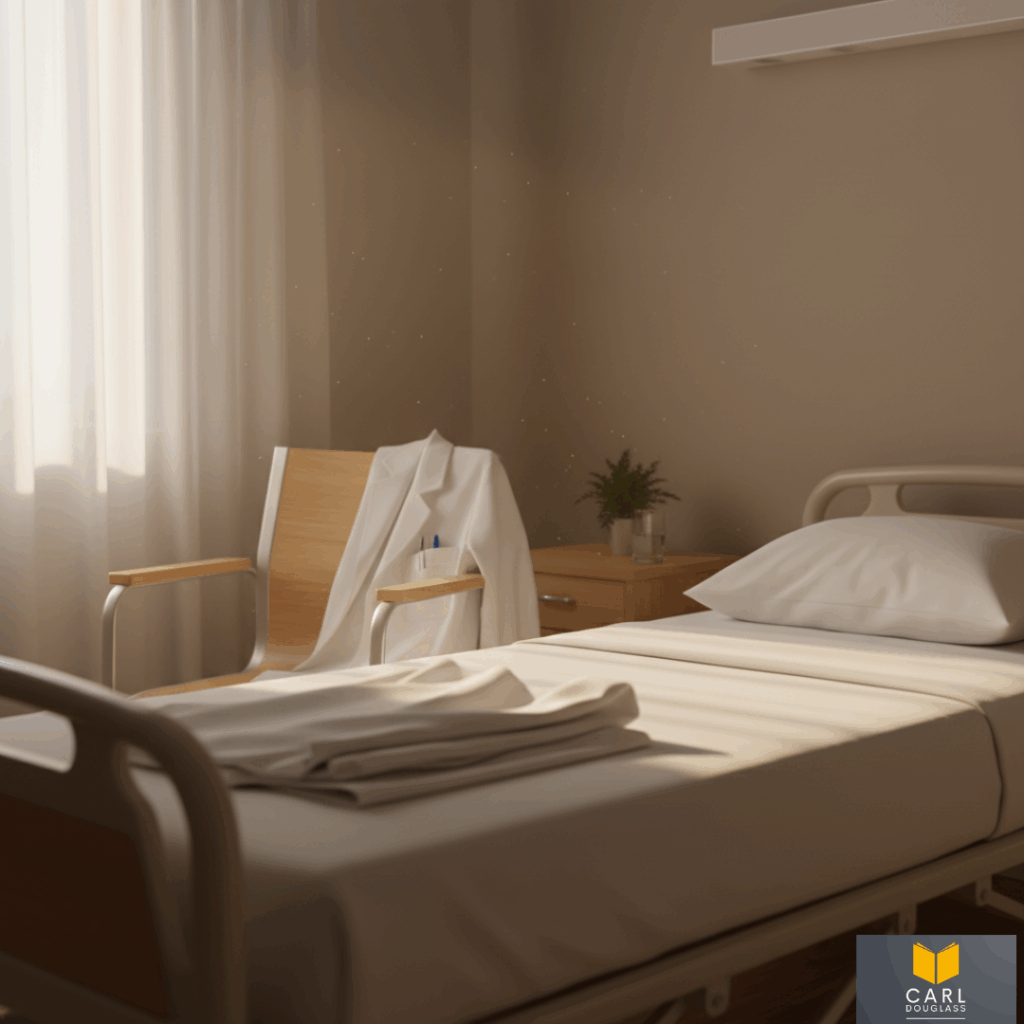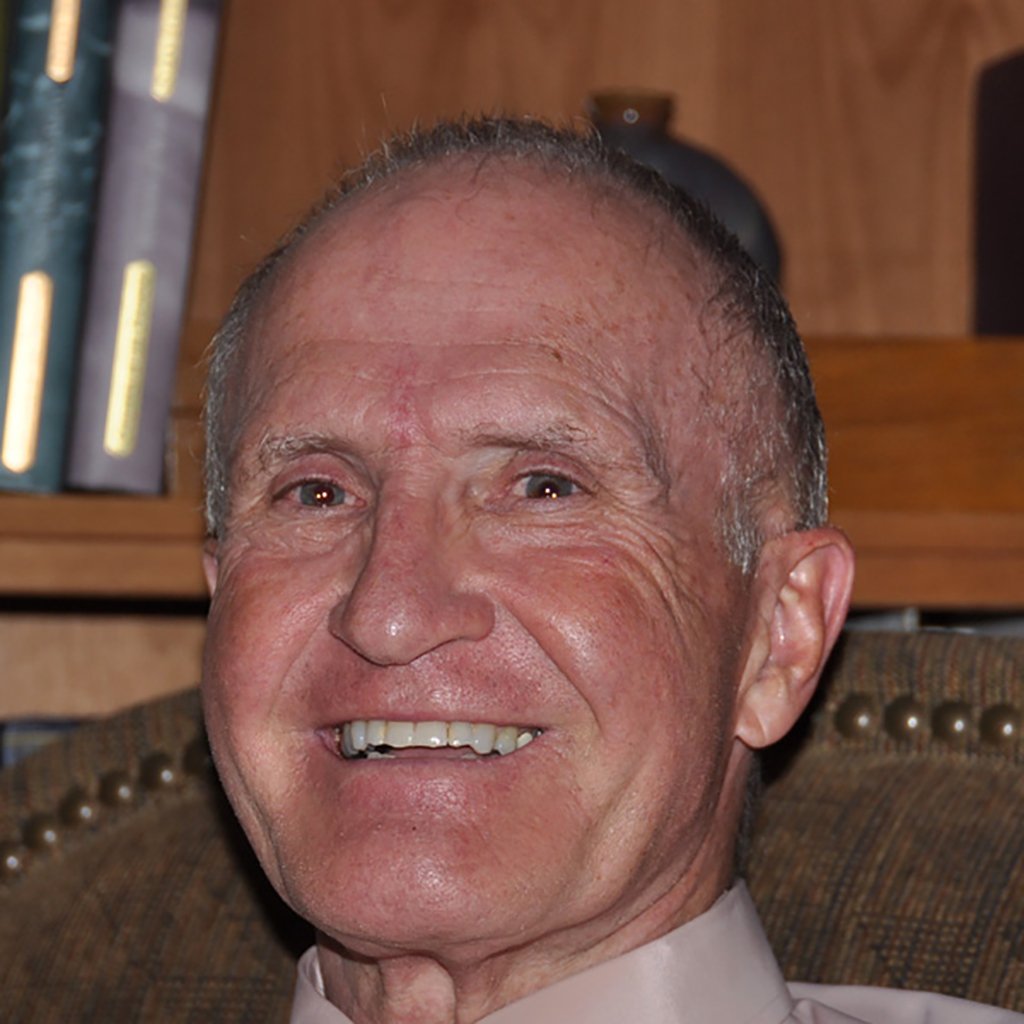Healing is not a single act. It is a process that unfolds in silence, often beneath the reach of human understanding. As physicians, we repair, we medicate, we operate. Yet every so often, we encounter something that cannot be measured by skill or science alone. It is what I have come to call the still point of healing—the moment when effort ends and something deeper begins to work.
In the hospital, time moves differently. Days are marked by the rhythm of heart monitors and the sound of wheels on linoleum. People enter hoping for answers, and most of the time, we have them. But there are nights when every possible treatment has been tried, every protocol followed, and the outcome still hangs in uncertainty. In that space, there is a quiet surrender. You stand beside the bed, watching the rise and fall of a chest, and realize that medicine has reached its limit. What happens next belongs to something greater.
Healing is not only physical. I have seen bodies mend and spirits remain broken. I have also seen patients whose bodies failed, but whose final days revealed a peace stronger than survival. There is a kind of wholeness that appears only when people accept what they cannot control. It does not come from medication or machines, but from the simple presence of love, forgiveness, and grace.
Those moments stay with me more than the technical victories. The long hours in the operating room fade. What endures is the memory of a patient’s faint smile, a family’s prayer whispered in the dark, a nurse holding a hand without words. These are the still points where healing happens—not because of us, but through us.
Outside of medicine, the same truth applies. Healing is part of every human life. We all carry injuries that cannot be seen. Some come from loss, some from regret, some from the slow erosion of hope. We try to fix what hurts by moving faster, thinking harder, pretending we are fine. Yet the real work begins only when we stop. The stillness we avoid is the very thing that allows the wound to close.
In that still point, time seems to pause. We breathe more slowly. We listen more deeply. We begin to forgive. We let light touch what has been hidden. Healing does not rush, and it does not announce itself. It arrives quietly, like dawn through a curtain, steady and certain.
To heal is to trust that life, even in its pain, is moving toward restoration. Sometimes that restoration means recovery. Sometimes it means acceptance. Either way, it calls us to faith—not blind belief, but faith in the unseen capacity of the human spirit to mend.
As a surgeon, I was trained to act. As a man, I have learned to wait. Both are necessary. The body demands action, but the soul demands stillness. Healing exists where the two meet—in that fragile and sacred balance between doing and being, between holding on and letting go.


